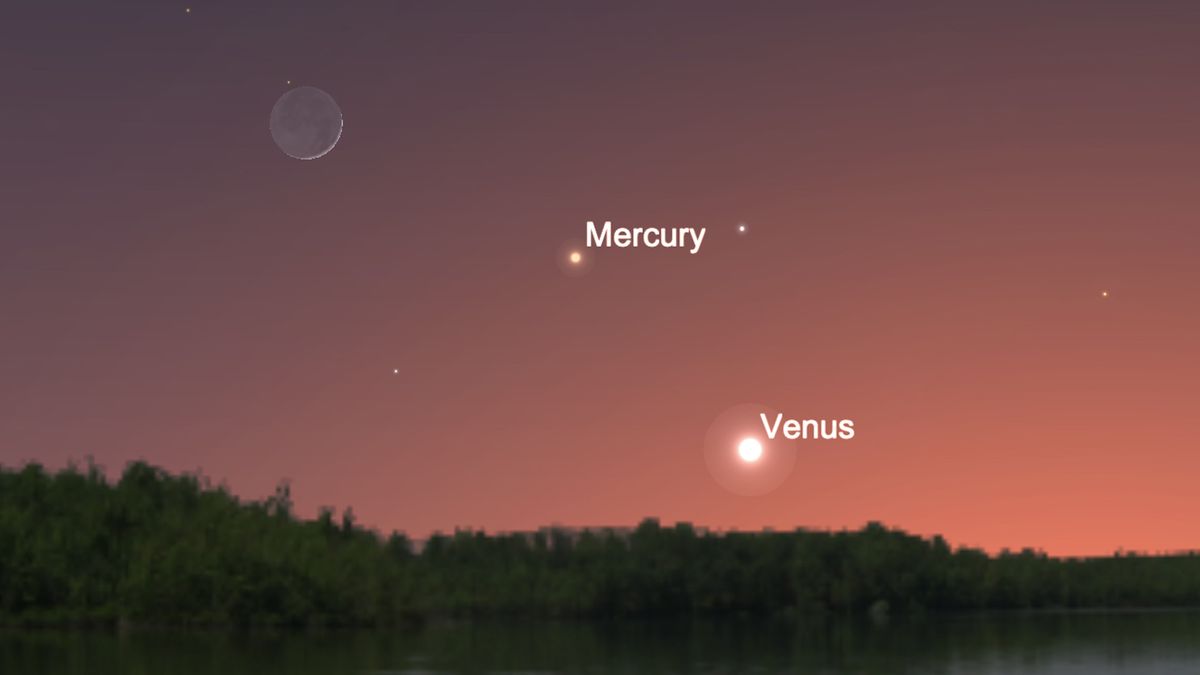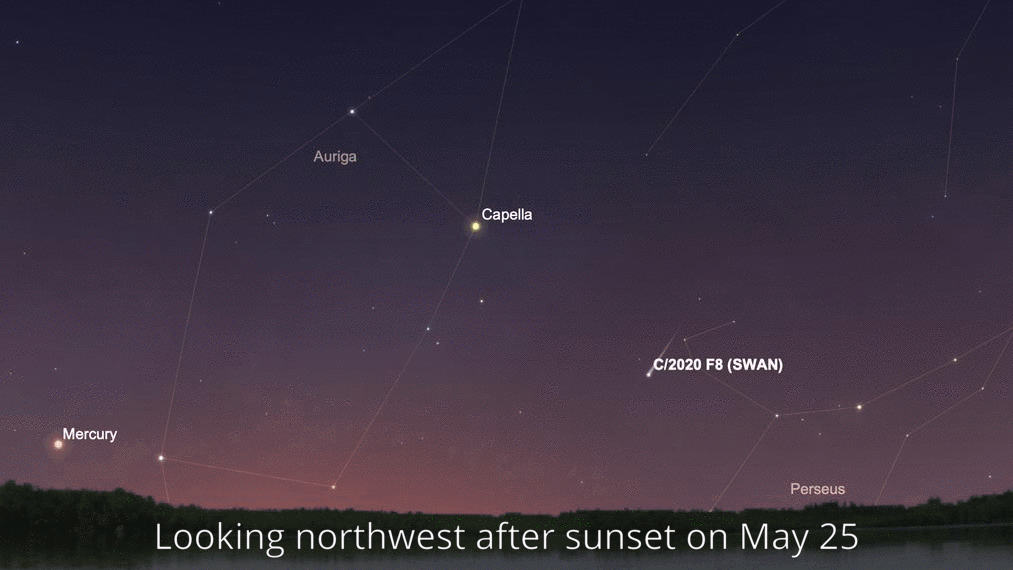
It has
been a great run for Venus. Going back to November this stunning world has ruled
our western evening sky. It is an extraordinary planet: Planet Earth's sister,
coming closest to us, greatly alike in size, and everlastingly covered by thick
clouds that make it an outstanding reflector of light. The incredible, silvery
white planet sparkles brighter than any other planet in our night sky. During March
and April, Venus raised high into the sky. For spectators of north-temperate
latitudes this was the peak evening appearance of its eight-year cycle.

Also in April,
Venus floated through the southern border of the Pleiades star cluster, and near
the end of the month telescopes and steadily placed binoculars revealed it to
be a contracting crescent as Venus advanced toward the Earth. It grew longer
and concave and as the resulting illuminated area continued to grow gradually larger;
its brilliance grew greater, attaining a pinnacle near the end of April.
On 4th
of May, Venus reached its highest declination north in its eight-year cycle,
and its greatest until the year 2239. But ever since, Venus has been in a form
of "celestial freefall."
Read More Here...
